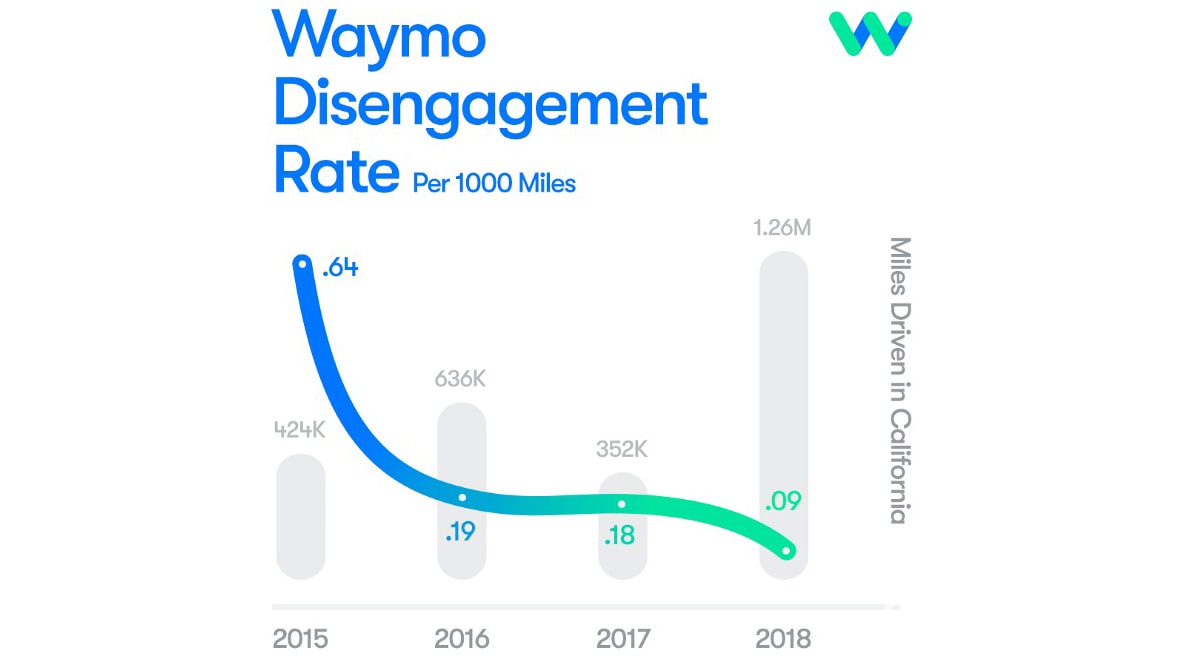What specific obstacles do you see to a useful ODD at L3 on divided/controlled access highways with say HW4 and the HW4 FSD computer?
To me, it's the brittle/unreliable computer vision range estimates and object detection is the main obstacle. Secondly dealing with highway speeds. You will need to see quite far with at highway speeds to deal with the fallback procedure. I doubt HW4 has the range (and reliability at that range). My understanding is that HW4 uses two cameras with the same type of lenses whereas in in HW3 they use three different lenses (long, mid, short),
Lidar has quite a lot lower lower latency than CV+ML and the reliability is unmatched.
They might be able to do something similar to the existing MB DrivePilot L3 at low speeds, but I seriously doubt that they would. There is little upside for Tesla to sell a similar package as the DrivePilot at double the cost AND having to take on liability to be at par with MB.
If we assume that CV gets to near 100% at some point in the future, I still think that entering/exiting tunnels, low sun conditions and oncoming cars will blind the cameras enough for it to be unsafe in these conditions, but perhaps that can be mitigated with ODD boundaries.
Given the specs and analysis I've read of the hw4 radar it looks like another cost-focused move:
Tearing-down Tesla’s in-house radar design – Why did they bother? | Ghost
It will be interesting to see if the 3/y refreshes get the radar or not, and if Tesla can use it for autonomy. I doubt it. I think it's too low spec.
I'm seeing Tesla still prioritising unit cost over autonomy at every corner basically. HW4 with radar is probably cheaper fot Tesla than the OG hw3 spec with radar at similar volumes.
edit:
The whole point of paying 8k+ USD for FSD was to be ensured the hardware upgrades for autonomy. That turned out to be another "misunderstanding" from the customers' perspective, and I think the price of FSD will drop, to perhaps half or what it is now in a year or two.
Self-driving vehicles will play a crucial role in improving transportation safety and accelerating the world’s transition to a sustainable future. Full autonomy will enable a Tesla to be substantially safer than a human driver, lower the financial cost of transportation for those who own a car...

web.archive.org
2016: "We are excited to announce that, as of today, all Tesla vehicles produced in our factory – including Model 3 – will have the hardware needed for full self-driving capability at a safety level substantially greater than that of a human driver. "
Elon Musk revealed the Model 3 in March, revealing details of the $35,000 base model including a sub-six second 0-60 time and a minimum 215 mile range.

techcrunch.com
"The
validation required for full autonomy will still take some more time, but Musk said on a call that it’s actually already looking like it’ll be at least
two times as safe as human driving based on existing testing."
"Musk said in a conference call in August regarding Tesla’s advancements in creating a car with
Level 4 autonomous capability that “what we’ve got
will blow people’s minds, it blows my mind,” and added that “it’ll come sooner than people think.” He’s certainly delivered with today’s announcement."
This is seven years ago. He's doing the same number SEVEN YEARS later and it's getting pretty stale tbh. And that some people still fall for this just blows MY mind. Tesla should be forced to pay all FSD customers back with interest, instead the circus goes on and new people get scammed every year.





